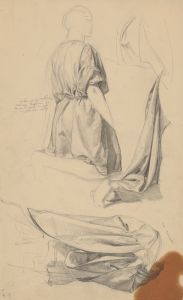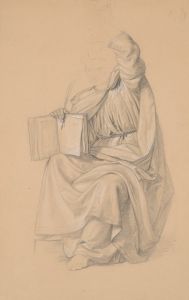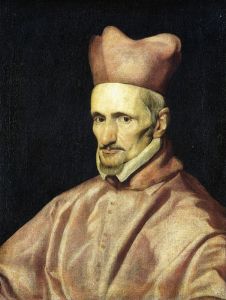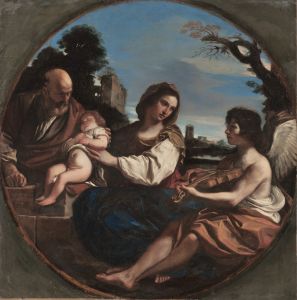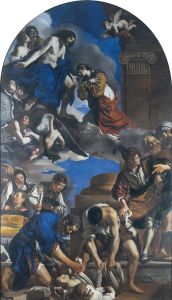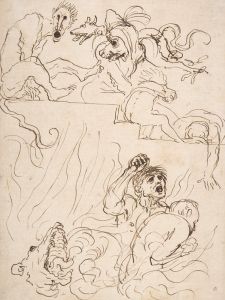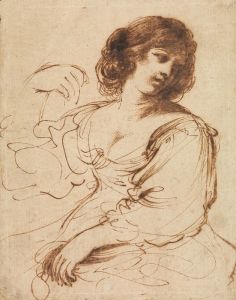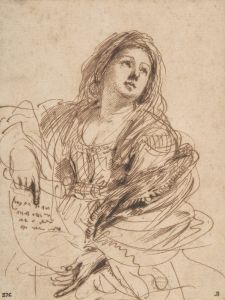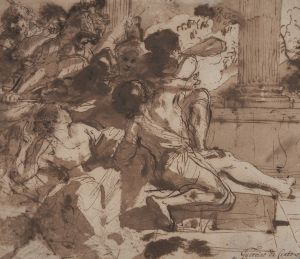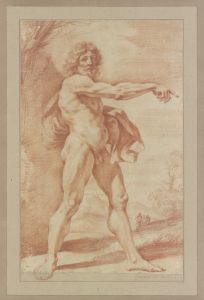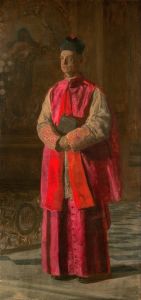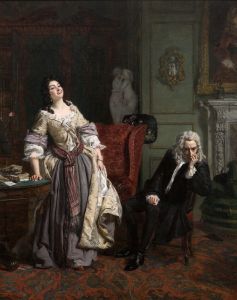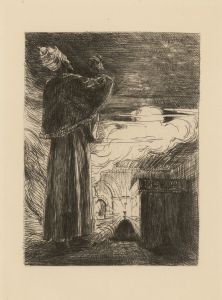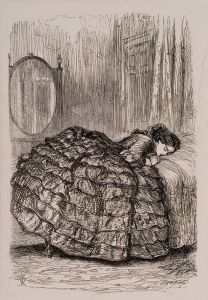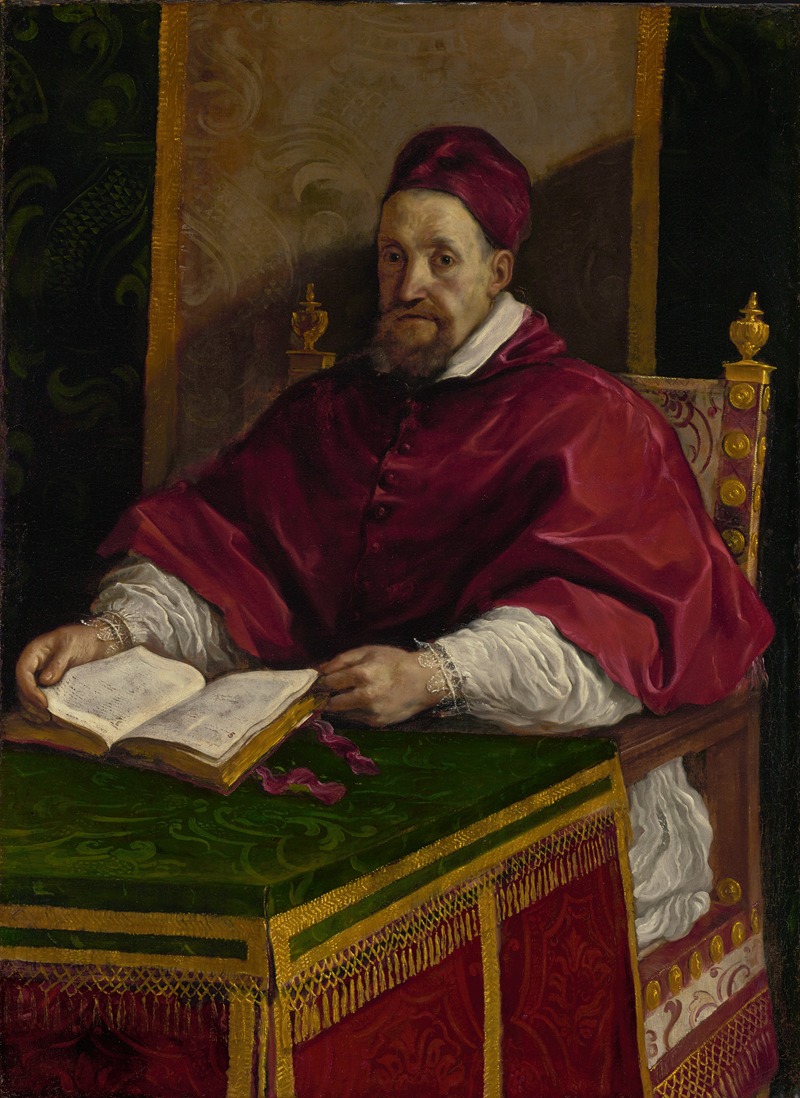
Pope Gregory XV
A hand-painted replica of Guercino’s masterpiece Pope Gregory XV, meticulously crafted by professional artists to capture the true essence of the original. Each piece is created with museum-quality canvas and rare mineral pigments, carefully painted by experienced artists with delicate brushstrokes and rich, layered colors to perfectly recreate the texture of the original artwork. Unlike machine-printed reproductions, this hand-painted version brings the painting to life, infused with the artist’s emotions and skill in every stroke. Whether for personal collection or home decoration, it instantly elevates the artistic atmosphere of any space.
The painting Pope Gregory XV by the Italian Baroque artist Guercino is a portrait of Pope Gregory XV, who served as the head of the Catholic Church and ruler of the Papal States from 1621 to 1623. Guercino, whose real name was Giovanni Francesco Barbieri (1591–1666), was known for his dynamic compositions, use of chiaroscuro, and expressive figures, which were hallmarks of the Baroque style.
This portrait is believed to have been created during or shortly after Gregory XV's papacy, reflecting the artist's ability to capture the likeness and character of his subjects. The painting depicts the pope in traditional papal attire, including a white cassock and red mozzetta, along with the camauro, a red velvet cap trimmed with white fur, which was commonly worn by popes during the winter months. The work is notable for its attention to detail, particularly in the rendering of the textures of the fabrics and the lifelike representation of the pope's facial features.
Pope Gregory XV, born Alessandro Ludovisi in Bologna in 1554, is remembered for his short but impactful papacy. He is particularly noted for his contributions to the Catholic Church during the Counter-Reformation, including the establishment of the Congregation for the Propagation of the Faith (Propaganda Fide) in 1622, which aimed to coordinate missionary activities and spread Catholicism worldwide. He also canonized several prominent saints, including Ignatius of Loyola, Francis Xavier, and Teresa of Ávila.
Guercino was active in Rome during Gregory XV's papacy, having been invited to the city by the pope's nephew, Cardinal Ludovico Ludovisi, a significant patron of the arts. Ludovico Ludovisi played a crucial role in promoting Guercino's career, commissioning several works from the artist. It is likely that this portrait was created as part of Guercino's association with the Ludovisi family, who were influential figures in the cultural and political life of Rome at the time.
The painting exemplifies Guercino's skill in portraiture, showcasing his ability to convey both the physical likeness and the personality of his subject. The solemn and dignified expression of Pope Gregory XV reflects his role as a spiritual leader and his commitment to the responsibilities of his office.
The current location of the painting is not definitively documented, but it is known that many of Guercino's works are housed in prominent museums and private collections worldwide. This portrait remains an important example of Baroque portraiture and a testament to the close relationship between art and the Catholic Church during the 17th century.





